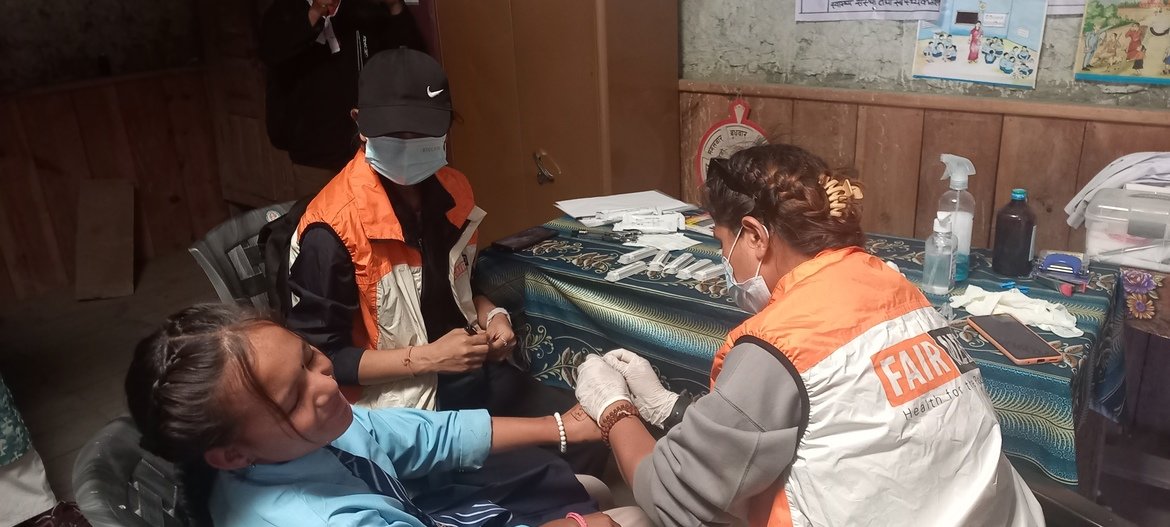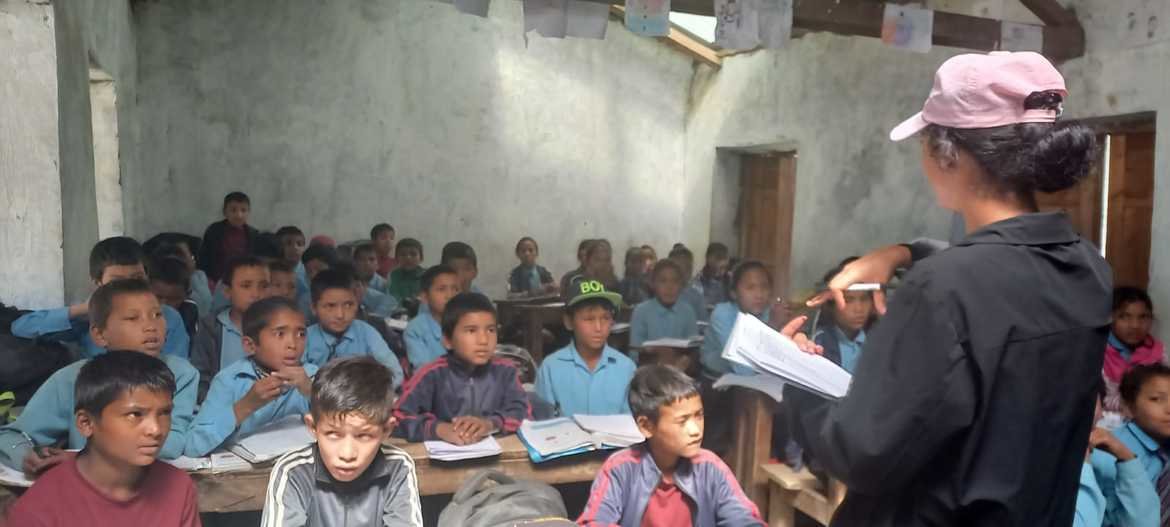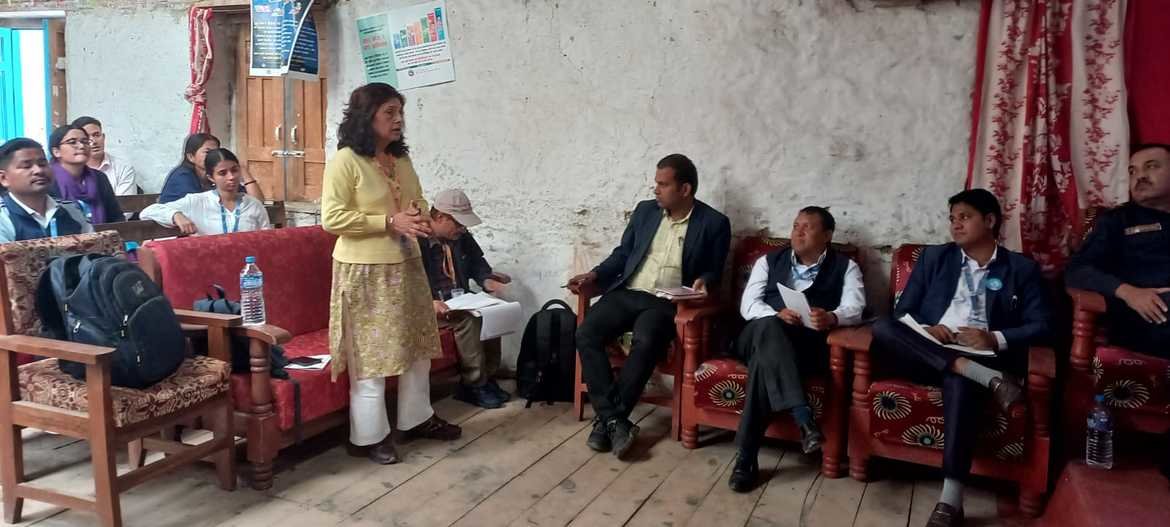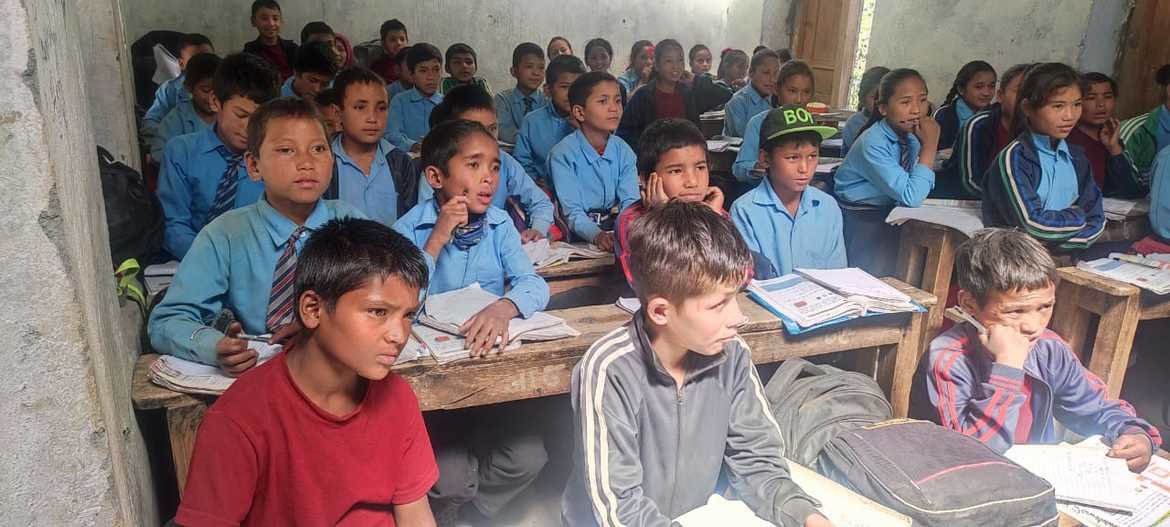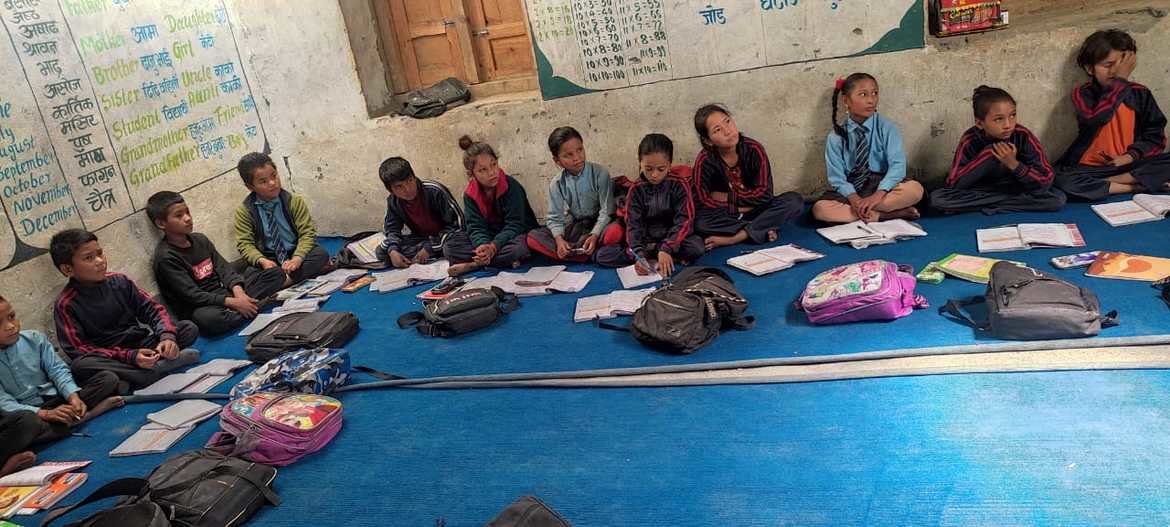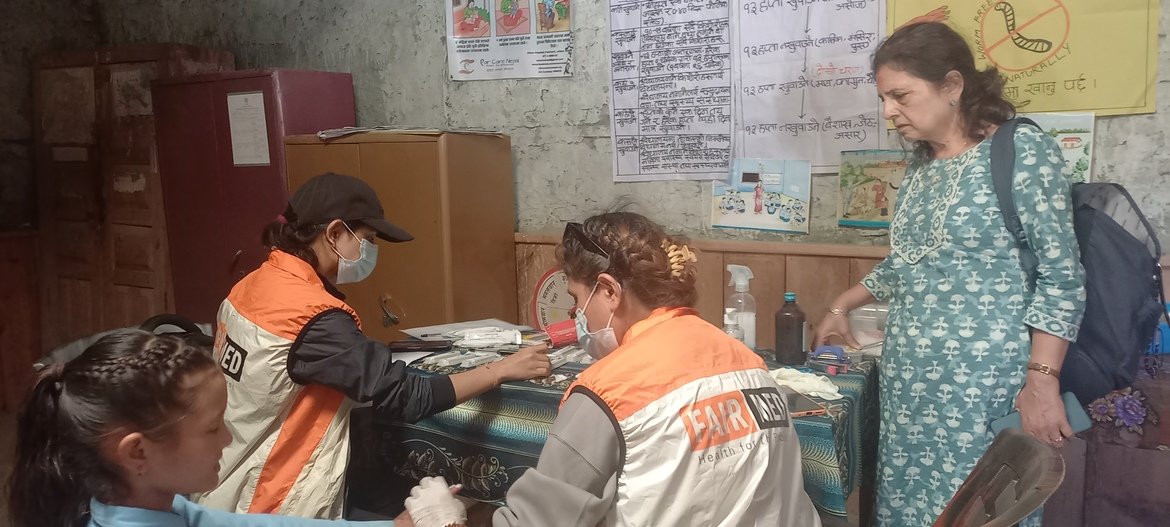Nepal Steps Up Comprehensive Survey to Confirm Lymphatic Filariasis Transmission in Mountainous Regions
Nepal is intensifying its efforts to eliminate Lymphatic Filariasis (LF) as a public health problem by conducting a confirmatory mapping survey, specifically in its mountainous regions, to assess the presence or absence of LF transmission. The survey, using the Mini Transmission Assessment Survey (TAS) protocol, is being undertaken by Nepal’s Epidemiology and Diseases Control Division in close coordination with FAIRMED, USAID's Act to NTDsEast Program Nepal and WHO with the aim of confirming the disease’s endemic status in four districts: Solukhumbu, Manang, Mustang, and Dolpa.
Lymphatic filariasis, transmitted by Culex mosquitoes, poses a significant health threat globally. In response, the World Health Organization (WHO) recommended mass drug administration (MDA) campaigns, employing a triple drug regimen (Ivermectin + DEC + Albendazole), as a strategy to combat the disease. Nepal, in alignment with WHO's goal of LF elimination by 2030, has successfully completed MDA in 49 endemic districts and is currently, ongoing in 15 districts.
However, the changing environmental conditions in high-altitude regions have raised concerns. Recent studies have indicated alterations in temperature and precipitation, potentially creating favorable environments for LF vectors. Consequently, previously non-endemic districts such as Solukhumbu, Manang, Mustang, and Dolpa are now being reevaluated due to the effects of global warming. To address this, Nepal is implementing the Mini TAS, a more sensitive tool, to accurately determine LF transmission in these areas.
The Mini TAS survey employs a school-based cluster design, ensuring a representative sample of older school children (9 to 14 years) from grades 4 to 8. If the prevalence of LF infection among these children exceeds the 2% threshold, the district will be classified as endemic, requiring further interventions following WHO's strategy of MDA and MMDP campaign.
The survey involves comprehensive coordination efforts at the district, municipality, and school levels. District-level meetings, involving various stakeholders, have been organized to plan the implementation process. FAIRMED Foundation Nepal in collaboration with the Epidemiology and Diseases Control Division (EDCD), is leading these meetings, emphasizing adherence to COVID-19 protocols and risk mitigation strategies.
In addition to confirming LF transmission, the survey aims to fill critical gaps in LF mapping guidelines. As Nepal advances toward LF elimination, it becomes increasingly important to demonstrate the absence of transmission, especially in hypo-endemic areas. The Mini TAS approach is expected to provide valuable insights into LF transmission levels and guide national LF programs in decision-making to plan further intervention.
Nepal's commitment to achieving LF elimination underscores the country’s dedication to public health and the well-being of its citizens. By conducting this confirmatory mapping survey, Nepal is taking a significant step forward in the global fight against Lymphatic Filariasis.
